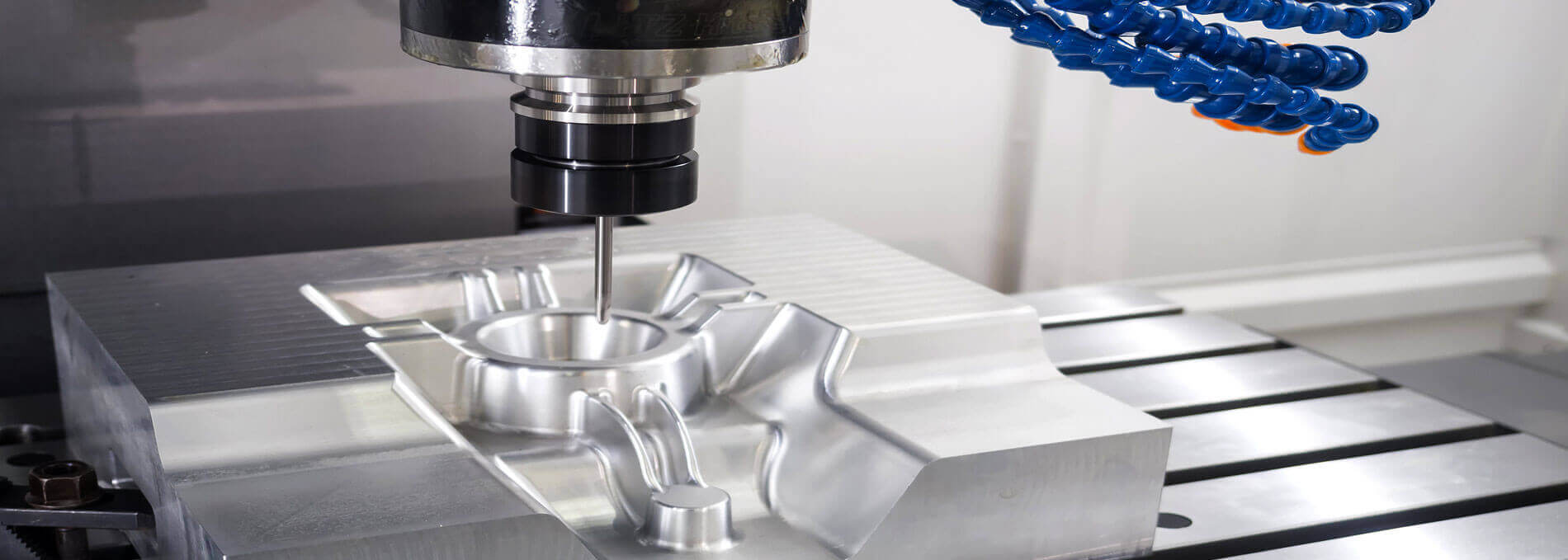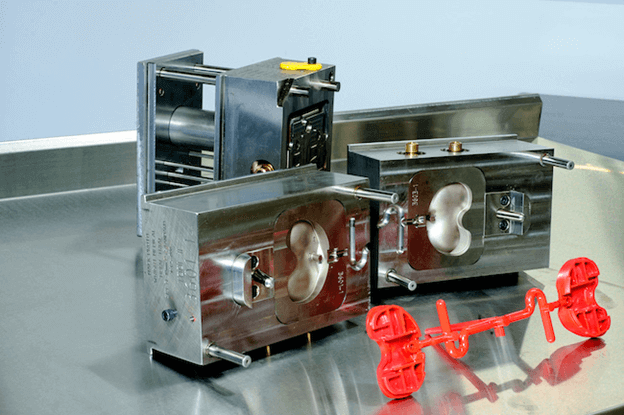
The manufacturing industry has changed a lot since CNC machining came along. This has led to many machined parts to actually work better in the long run. If you are interested in CNC machining China, then you will probably be looking for how long you can keep your CNC machine functioning well.
To achieve this, one has to maintain CNC machines. Are you confused about how you can manage this? If you are, then no need to fret. I have got you completely covered.
First, though, let’s take a brief look as to why CNC machining has to be maintained regularly.
CNC machining China- Why Maintenance absolutely matters
The problem with maintaining anything is that it becomes like a chore. You get bored and you quickly want out or you do things half-hazard.
However, this has to be different from CNC machines. Let’s consider some of the big issues with ignoring maintenance protocols.
You lose thousands of dollars
Let’s admit it. A lot of smaller companies squeeze their funds just to make sure they get the right CNC machines. Thousands of dollars were invested in the business and for good reasons too. However, if your CNC machines do not live up to expectations, what you get is a lot of precious resources and money lost.
One way to make sure it does live up to expectations is through maintenance. It doesn’t get easier than that.

You also lose profits
The need to keep replacing your CNC machining China means that you will have some long breakage in between work. This is seriously bad for business. You lose some precious profits as well as customers who would have taken your business to the next level.
You spend so much money on replacing them
Now, if you want your business to keep moving forward, you will also need to get new CNC machines. That’s extra money.
It also means that you lose a lot of profits as earlier said about this problem.
It’s thus clear that you should definitely keep your machines working smoothly. So how can you do that with CNC machining China?
How to maintain CNC machining in China with these Steps
Grease regularly
One way to keep your machines running smoothly is to grease them up regularly. With the right amount of grease, you avoid friction in the machines. This means that the working machinery controlled by the CNC machines keep functioning well.
When there’s too much friction within the machines, this can easily lead to damage to several parts of that machine.
Clean with Rags
Sometimes, to get the needed shine into your machines, you have to clean up with a rag. This increases the appeal effect. However, that’s not all. It also makes sure that any metal residue left in the machine is done away with.
Fluids are important
If you are running a high level of CNC machining in China, then you will need to up your game. Fluids such as lube will be needed to make sure that your machines keep up running effectively.
To make sure that things never crash on your head, here’s a simple trick that might help. Try establishing a minimum level of fluids in your CNC machine. That way, you are more afraid of beating your minimum than actually seeing your CNC machines drained of fluids.
While fluids are important, make sure that they do not become too much. That can also have disastrous consequences.

How to Maintain CNC milling Machines
Check Alignment and circularity
The CNC machine’s planes tell you a lot of how balanced your machines are. So checking their alignment and circularity functions is really a good idea.
This can easily be done through a ball bar test. It’s recommended you carry out this test regularly.
Lubricants should be up and running
Similar to checking your fluids for CNC machines, lubricants are also important with CNC milling machines. So just make it a small stop every once in a while. Make sure that they are always at a sufficient level.
Regularly check your spindle belts
Spindle belts are important to your CNC machines. The problem with them though is their vulnerability to contamination.
So make sure you check them regularly. When inspecting them, you should look out for problems with chips, oil levels, and tension. Also, make sure that wear is not a problem.
If there is an issue with your spindle, then you can even experience some break in your operation. That can cost you some big money.
The spindle driveway should also be checked regularly. Making sure this area is free from contaminants will ensure that the lifespan of your spindle remains intact.
How do I keep my CNC machining in China running smoothly?
If you want to double ensure that your CNC machining in China keeps running smoothly, then you will need a preventative maintenance plan.
Also known as the PMP, this plan is one excellent way to make sure that your CNC machines never keep out of business.
Are you worried about the cost of the PMP? If you are, you need to look at the bigger picture. Not maintaining your CNC machines will make you pay 5 times more than any PMP you might go with.
So what if my machines still fall apart?
In that situation, you might have to get a new one as soon as possible. While it can be painful, crying over what has already happened will not help. So make plans to get one. This might also be the right time for you to develop a maintenance plan.
That will make sure that the same problems do not end up repeating themselves again. You should have more control.
Final Thoughts on maintaining CNC machining China
So here is all you need to know about maintaining your CNC machines. Following these tips will ensure that you have machines in good condition. It will also mean great progress for you and your business. That should sound like music to your ears.














